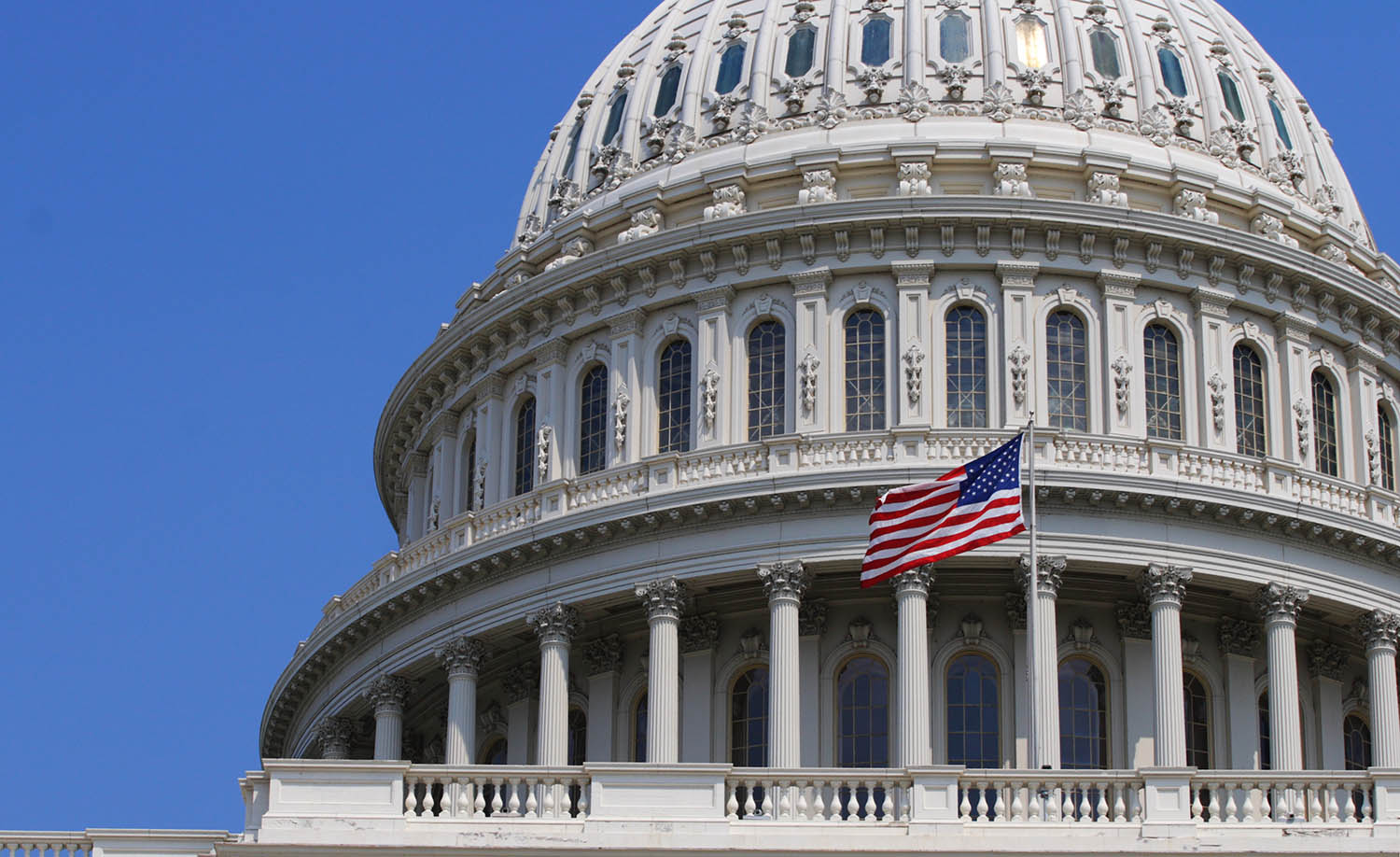
At the Medicare Rights Center, we encourage states to provide equal protections for people with Medicare, regardless of age. Last week, we joined the American Kidney Fund to explain the importance of Medigap access for people under 65 to the National Conference of State Legislatures.
Most people with Medicare have two major options when choosing how to receive their Medicare coverage: Original Medicare or Medicare Advantage. While this decision is complicated, those who choose Original Medicare may have another decision to make as well—whether to add Medigap coverage.
Medigap plans are supplemental insurance policies that cover some of the costs remaining after Original Medicare pays. They can help pay for Medicare deductibles and cost-sharing, reduce the out-of-pocket burden associated with accessing care, and protect against high costs because of catastrophic illness or injury. Medigaps may also cover health care costs that Medicare does not cover at all, like care received when travelling abroad.
But Medigap availability is limited for Medicare beneficiaries who are under age 65, leaving those populations with fewer options and, often, higher costs for their care. Though Medigaps provide important help covering medical expenses for many people with Original Medicare, not everyone is eligible to buy the plans. Federal law protects the ability for people with Medicare who are over 65 to buy a Medigap, though there are some gaps in the law, but no such federal law applies to people under 65.
Rather, these decisions are left up to the states, creating a patchwork of unequal coverage. In many states, people under 65 who are eligible for Medicare because they have a disability, end-stage renal disease, or amyotrophic lateral sclerosis (ALS, or “Lou Gehrig’s Disease”) are not eligible for Medigaps at all. Other states require insurers to offer plans to those populations but may allow significant restrictions on the coverage that prevent it from providing robust protection. For example, California requires insurers to offer plans for those under 65 but not if the beneficiary has Medicare because of end-stage renal disease.
The current system does not provide a level playing field for every option and leaves far too many Medicare beneficiaries without the full suite of options. This can lead to higher medical expenses, difficulty accessing care, and even bankruptcy. To begin to address these disparities, Medicare Rights continues to urge policymakers to expand Medigap enrollment and guarantee issue rights for all people with Medicare, including those under 65.
Read more about Medigap enrollment and purchasing details.
Read more about state differences in Medigap eligibility and coverage.
Read more about previous efforts to expand Medigap access.
Read more about navigating Medicare health coverage options.
The Latest
Most Read
Add Medicare to Your Inbox
Sign up to receive Medicare news, policy developments, and other useful updates from the Medicare Rights.









